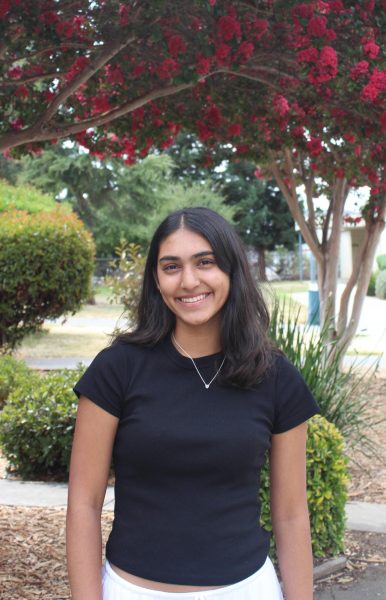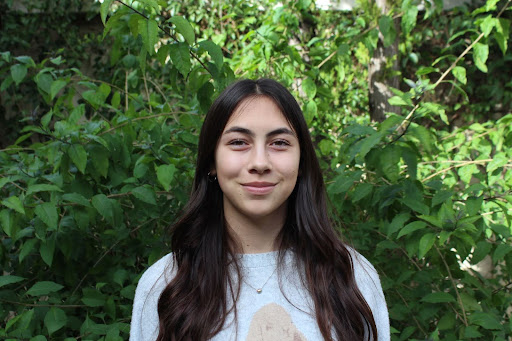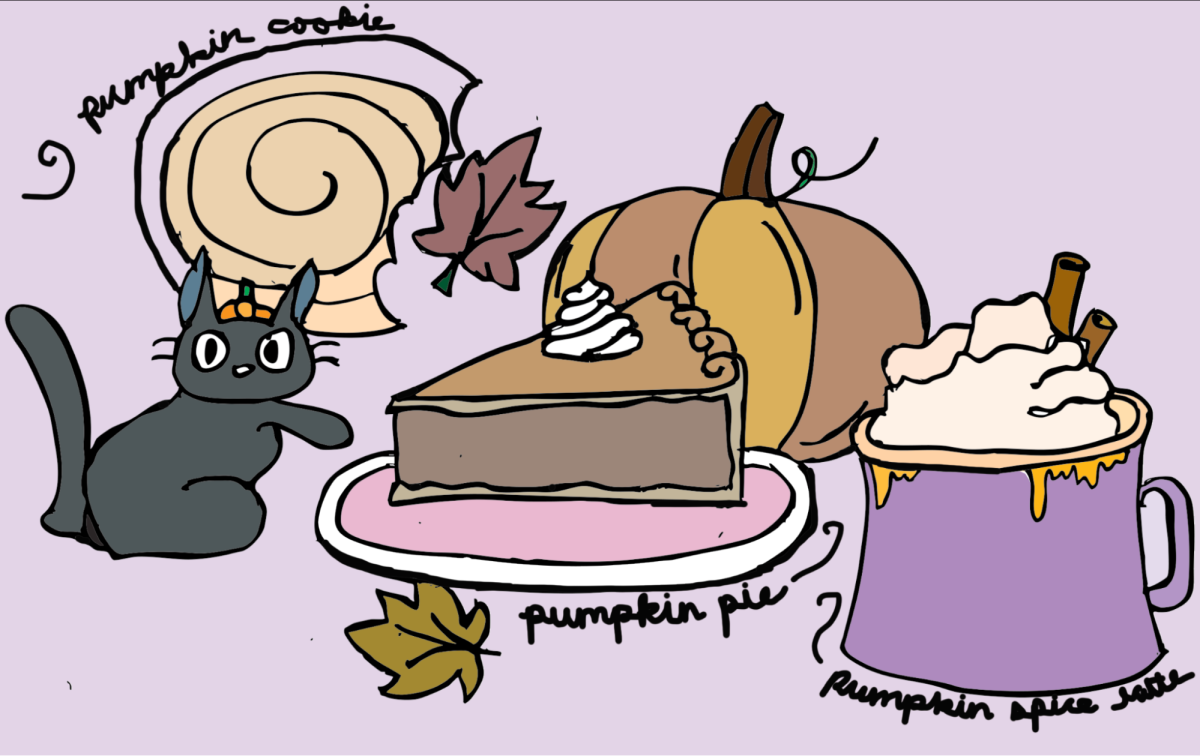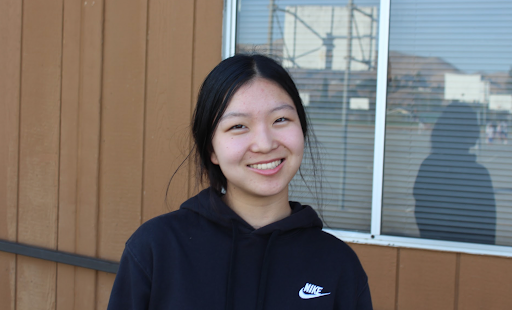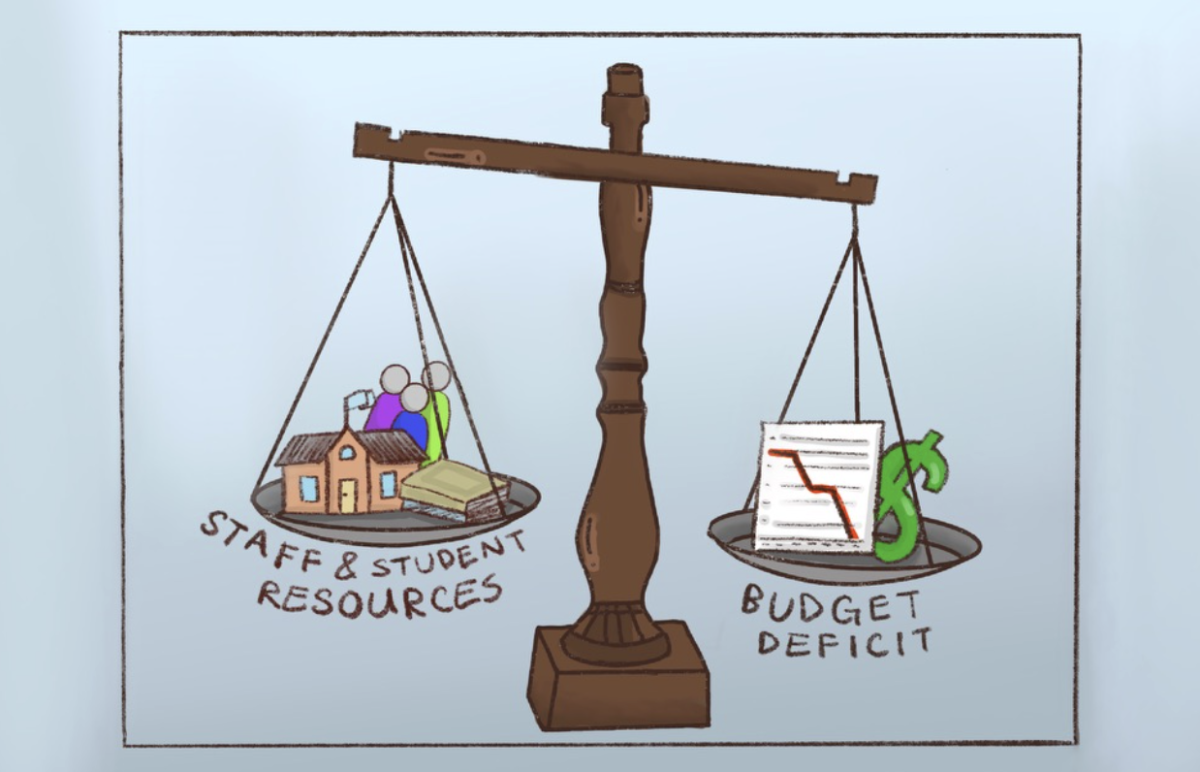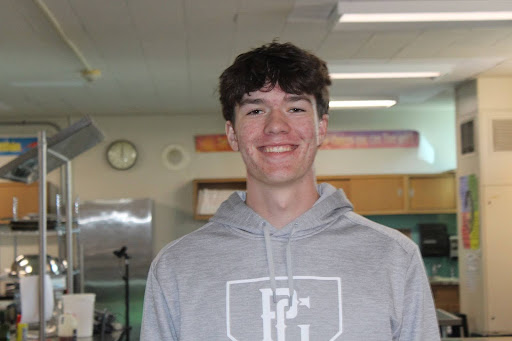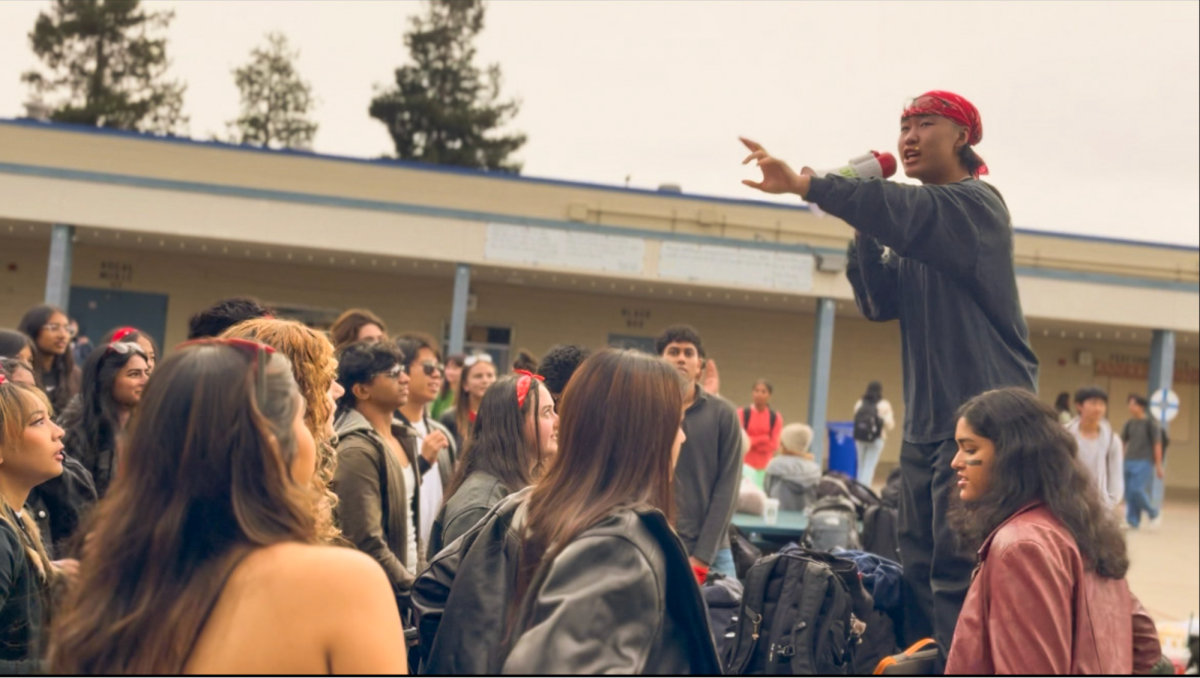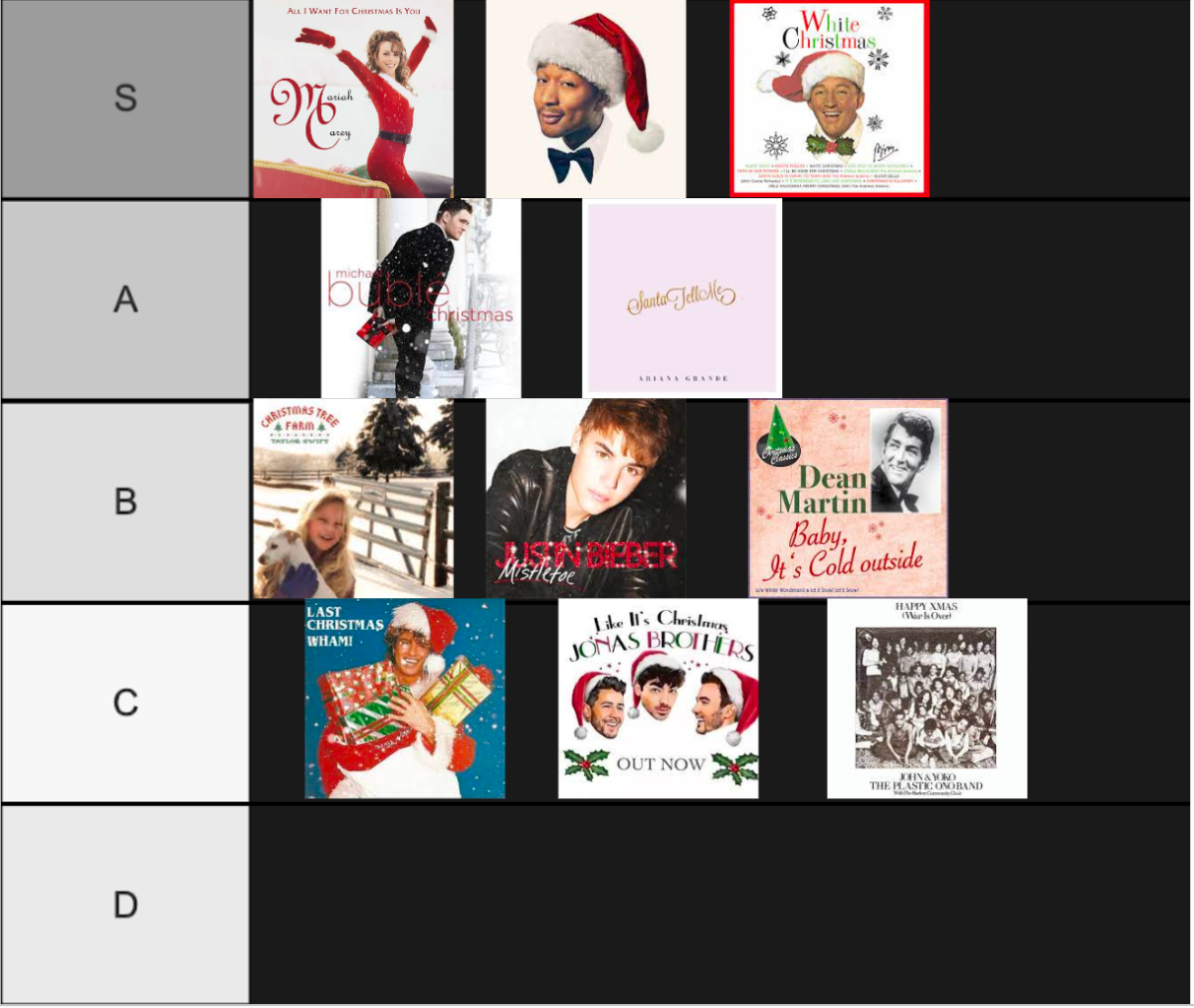My research started the summer of sophomore year because of my interest in the stars, physics, and space as a whole. I applied for an internship at NASA because I thought it would be the best way to get experience and express my interest in the field, and it worked out.
I helped over at NASA in fields relating to computational physics and chemistry. There’s a theory called the correlation energy between particles, and it uses python and matrices to calculate it. It’s a very untapped side of chemistry and physics, so going into it, I wasn’t sure to expect.
After the research bit of my internship ended, I switched onto creating a curriculum for new interns to help them ease into the role and get better knowledge on topics if they didn’t already have it. It was more document-based work, and I collaborated with multiple employees at NASA to present curriculum ideas to the board. Knowing what I struggled with and personally felt was difficult when entering the internship, I used that baseline of knowledge to create ways to help out other interns when they joined.
I also did research at the Central Research Institute of Drugs in India on drug testing and biochemistry. There, I was able to work on linux, which is a data organizer. This helped me get a lot of real life experience in possible fields of work in the future, and since it’s something that I think not everyone gets to do, it definitely stood out when I applied for college and gave me really fun memories to look back on.
People should always take a shot at getting further involved into whatever they’re interested in; there’s always a chance of it working out.



